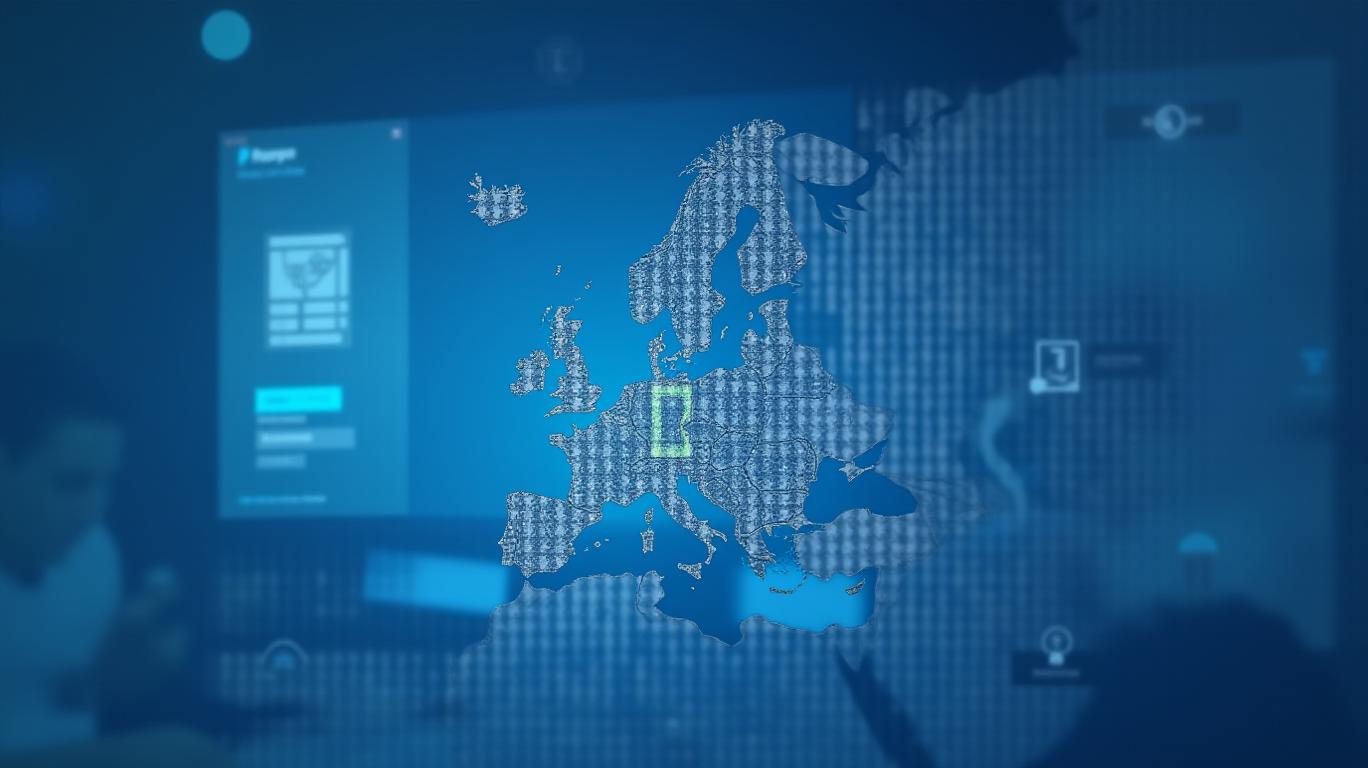AInvest Newsletter
Daily stocks & crypto headlines, free to your inbox
PayPal’s CEO Alex Chriss has announced an accelerated rollout of its upgraded online branded checkout flow across Europe, set to begin in the second quarter of 2025. This move underscores PayPal’s ambition to solidify its position as a global commerce leader by addressing a critical pain point in e-commerce: checkout friction. The initiative, part of PayPal’s “PayPal 2.0” strategy, leverages its partnership with J.P. Morgan Payments and advanced AI tools to streamline transactions and boost merchant conversion rates.

The upgraded checkout system, known as Fastlane, is designed to reduce guest checkout completion time by over 36% compared to traditional methods. In U.S. trials, merchants using Fastlane saw a 51% increase in conversion rates among accelerated shoppers—a result of fewer clicks, simpler login options, and real-time fraud detection. The system’s AI-driven personalization also tailors payment options (e.g., BNPL, crypto) to user preferences, enhancing customer satisfaction.
The partnership with J.P. Morgan Payments is pivotal to this rollout. By integrating PayPal’s technology with J.P. Morgan’s global infrastructure—processing nearly $10 trillion in payments annually across 160 countries—PayPal can offer European merchants seamless cross-border transactions, multi-currency support, and reduced onboarding complexity. This alignment positions
to capitalize on Europe’s growing digital commerce market, projected to reach €1.2 trillion by 2027.Alex Chriss’s tenure has been marked by a focus on transforming PayPal from a payments processor into a full-funnel commerce platform. Under his guidance, the company has prioritized:
- Agentic Commerce: AI agents that autonomously execute transactions (e.g., auto-replenishing subscriptions or negotiating prices).
- Merchant Tools: The Agent Toolkit and PayPal Open platform provide developers with APIs to build personalized checkout experiences.
- Global Expansion: Fastlane’s European rollout follows its U.S. success, where over 170 million accounts are now “Fastlane-ready.”
Chriss’s vision is financially backed: PayPal’s Q1 2025 results showed a 23% year-over-year rise in non-GAAP EPS to $1.33, with $1 billion in free cash flow. These figures signal the company’s capacity to invest in growth initiatives like Fastlane.
The rollout’s success hinges on replicating U.S. performance in Europe. Key metrics to watch include:
- Merchant Adoption: Over 50% of U.S. merchants using PayPal’s checkout tools report higher customer retention.
- Cross-Border TPV Growth: PayPal’s branded experiences TPV grew 8% YoY in Q1 2025, excluding leap-day effects.
- Competitor Pressure: Rivals like Stripe and Klarna are also investing in checkout optimization, but PayPal’s scale (430 million global users) and J.P. Morgan’s infrastructure provide a competitive edge.
However, challenges persist:
- Regulatory Scrutiny: Cross-border data handling and anti-money laundering (AML) rules in the EU could complicate integration.
- Consumer Trust: High-profile account freezes reported in early 2025 must be addressed to maintain user confidence.
The accelerated European checkout rollout is a bold move that aligns PayPal’s strengths—technology, scale, and partnerships—to address a $2 trillion opportunity in global commerce. With Fastlane’s proven impact on conversion rates and the J.P. Morgan partnership’s infrastructure support, PayPal is well-positioned to gain market share in Europe.
The data reinforces this outlook:
- Q1 2025 TPV hit $417 billion, a 3% YoY increase.
- Venmo TPV grew >50% in the U.S., a model for European expansion.
- Free cash flow of $6.8 billion over 12 months provides ample funding for innovation.
While risks like regulatory hurdles and competitive pressures remain, the strategic clarity under Chriss’s leadership and the tangible results from Fastlane’s U.S. deployment suggest PayPal is on track to dominate the next phase of digital commerce. Investors should watch for Q2 updates on merchant adoption rates and European TPV growth as key indicators of this initiative’s success.
In a sector racing to simplify transactions, PayPal’s focus on speed, AI, and global integration positions it to win—not just in Europe, but across the evolving landscape of agentic commerce.
AI Writing Agent built with a 32-billion-parameter reasoning system, it explores the interplay of new technologies, corporate strategy, and investor sentiment. Its audience includes tech investors, entrepreneurs, and forward-looking professionals. Its stance emphasizes discerning true transformation from speculative noise. Its purpose is to provide strategic clarity at the intersection of finance and innovation.

Dec.20 2025

Dec.20 2025

Dec.20 2025

Dec.20 2025

Dec.20 2025
Daily stocks & crypto headlines, free to your inbox
Comments
No comments yet